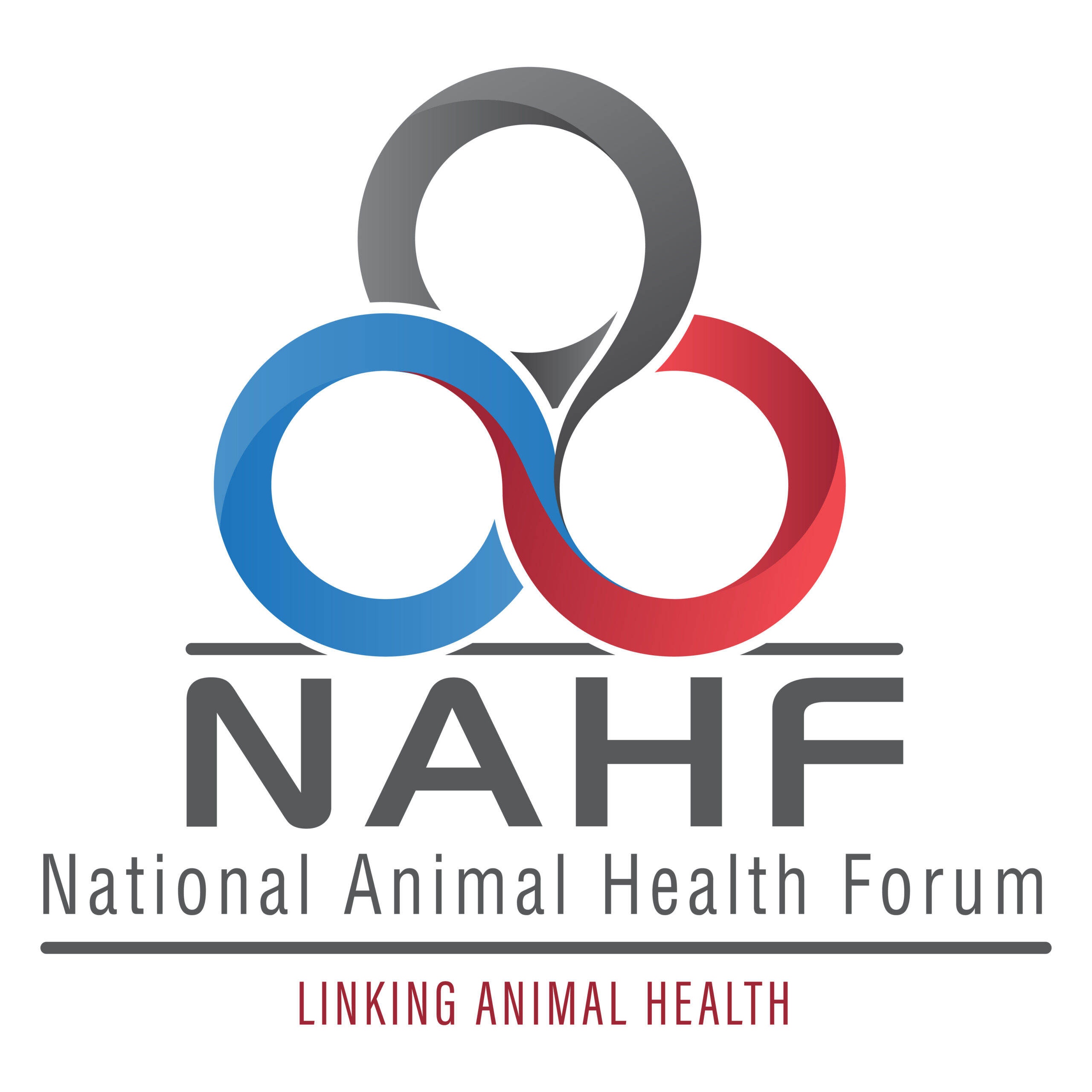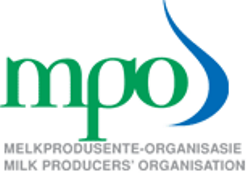The WWF ranks South Africa as the 30th driest country in the world. In a planet of 195 countries, that puts us somewhere in the top 15%. There’s no getting away from the fact that we are a water scarce country at the best of times. Even in a good year, our rainfall is about half the world average. And our variable climate means we are prone to both drought and, oddly, floods. Add this to the fact that half our river flow is supplied by just eight percent of our land area. So, it’s not hard to see why the effects of a prolonged drought are so devastating.
South Africa is currently experiencing its worst El Niño-induced drought for over 30 years. This, coupled with the lowest rainfall countrywide since 1904, has resulted in seven of our nine provinces officially being declared disaster areas. In a country that relies so heavily on agriculture, this borders on catastrophic. Not only are crops severely affected, but four years of significantly reduced rainfall has seen a marked decline in veld production. This has a knock-on effect on grazing capacity, which, in some parts of the country, is currently half the usual long-term average.
The result is that the veld that is suitable for grazing will be overgrazed, and the energy demand from animals will then exceed the supply available from the veld. This will cause not only short-term feed shortages but also long-term degradation of the overgrazed land.
What Does this Mean for Dairy Farmers?
Farmers are often accused of not adequately preparing for drought conditions. However, droughts tend to occur gradually. So popular thinking is that proper planning would have lessened the severity of the current situation. In the recent Agri SA Drought Report, Johnnes Möller, President of Agri SA, responded to these accusations.
“The current drought is of such intensity and magnitude that it was beyond the planning ability of any farmer, regardless of his or her resource-base,” he says. “South African farmers compete in a fierce global environment and have often been described as some of the best in the world – both in terms of planning and production. However, the disaster that we now face is such that farmers cannot and could not cope with it as part of normal risk-planning.”
The Costs
With farmers struggling to find water and food for their cattle, many are being forced to sell off large parts of their herds to mitigate losses. In the short term, this means a glut of cheap beef, but in the longer term will lead to a severe meat shortage and higher prices.
Dairy farmers are unable to sell their animals for meat. They are, however, faced with cows that produce about four litres of milk less than normal every day. This is largely due to the reduced availability of roughage in the winter months. Another direct result of the ongoing drought.
The drought also means that South Africa, which has always been a net exporter of maize, is now a net importer. The government’s crop committee estimates just over seven million tons – almost 30 percent down on 29 percent last year. Yellow maize is a staple ingredient in animal feed and having to import it means costs have risen by about 70 percent in the past year.
Under normal circumstances, the South African milk industry produces almost three billion litres of milk every year. This generates approximately R10.6 billion in turnover. Thanks to the drought, the first quarter of 2016 saw a 5.4 percent decrease in the amount of milk supplied to processors.
Paying the Price
Senior Agricultural Economist at First National Bank, Paul Makube, explains that the price of milk is determined by demand and supply from the market. “Dairy farmers are price takers, so they do not set the market price,” he says. “Instead, when there are supply issues, milk processors often increase the price paid to dairy farmers to guarantee supply as they cater for the domestic and export markets.”
Naturally the increased cost of obtaining raw milk hikes operating costs for the entire milk value chain. This means retailers have no choice but to increase the price consumers pay for milk and dairy products.
These higher prices have a knock-on effect on demand. Some dairy producers are being forced to look at expanding their markets into neighbouring countries, such as Tanzania and Mozambique. As well as focusing more on developing high-margin products such as yoghurt and custard.
“The impact of the drought means most dairy farmers won’t be able to produce enough milk in the short term,” predicts Makube. Although South Africa usually sources certain dairy products from other countries, the drought means we now have to import more than normal. Even though international prices of dairy products are generally lower at the moment, our volatile exchange rate actually makes imports more expensive.
The problem is further compounded by electricity price increases. The dairy industry relies heavily on machines and equipment that use a lot of electricity. Tariff increases will drive costs up for farmers and milk processors.
The Good News
Yes, thankfully there is some! Much-needed rainfall across the country towards the end of last year and in the first quarter of 2017 brought welcome relief and is expected to go a long way towards improving grazing conditions in the short term. Although feed prices are still escalating, which is affecting raw milk production, the situation is better than it was.
Maize farmers planted over two and a half million hectares of maize ahead of the 2017 season. This is approximately a 40 percent increase on the previous year. In the first two months of this year, an ideal rainfall pattern means farmers are now expecting a harvest of 15.63 million tonnes. The highest yield ever. This is good news for dairy farmers as it means a ready availability of feed.
Moving Forward
Koos Coetzee, chief economist at the Milk Producers’ Organisation weighs in on this subject. He said that although the country faced a lower output of milk, it would not necessarily lead to a shortage. Milk producer Clover agrees. They comment that they currently do not expect a shortage of raw milk as they source most of their milk from the coastal regions. Thankfully, these regions have not been as severely affected by the drought.
“To mitigate any eventualities, the company has built sufficient inventory of products to see it through winter into the coming spring, when the high-flow season of raw milk commences,” said Jacques van Heerden, the executive for legal, secretarial and human resources at Clover. “We continue to monitor the situation closely, and will implement prudent actions as the circumstances in different regions dictate.”
“Farmers are probably in a better situation than last year this time,” said Coetzee. He believes the future is still looking good despite the drought. “It seems as if the cheese market is growing. It’s still a cheap protein when compared to what you pay for mutton or lamb.”
Paul Verhaak, the country manager for Parmalat South Africa, is also optimistic. “There were some challenges last year, but we expect a more balanced market for the future,” he says.
The Milk Producers’ Organisation (MPO) is committed to enhancing the profitability, sustainability, and competitiveness of the South African dairy industry. We are working towards enabling the sector to be best positioned to operate successfully in future. To find out more, please visit us at https://www.mpo.co.za/about-us/what-does-the-mpo-do/the-milk-producers-organisation
Published on Wednesday, 18th October 2017 - 21:47
Recent Posts
disclaimer









